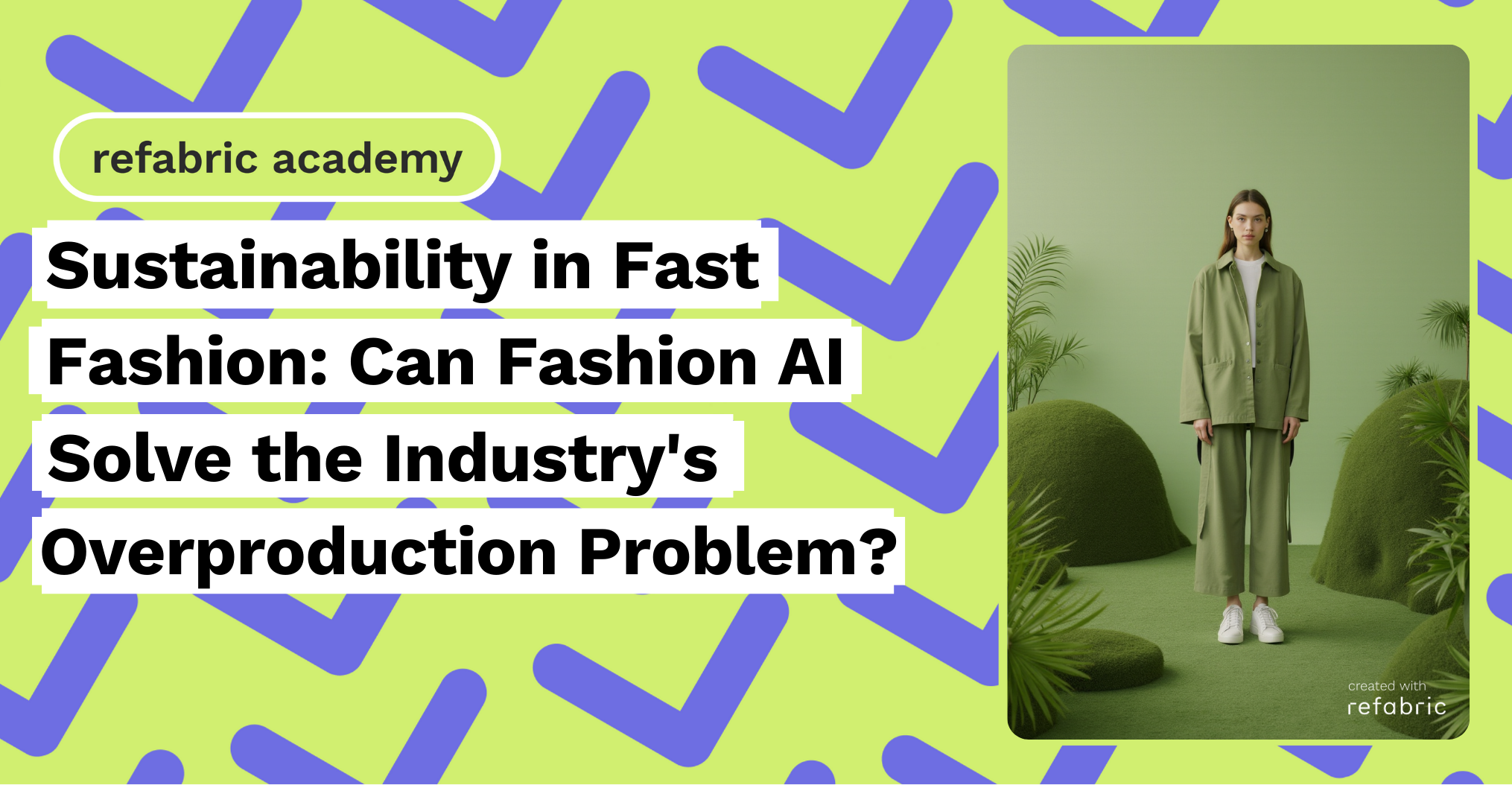Fashion AI has emerged as a powerful tool in addressing one of fast fashion’s most significant challenges: overproduction and waste. For years, the industry has faced criticism for its environmental impact, with millions of unsold garments ending up in landfills annually, contributing to pollution and resource wastage. The reliance on rapid production cycles to chase fleeting trends often leads to overstocked inventories and unsold goods. However, advancements in fashion AI technology present a transformative solution, offering tools to optimize supply chains and streamline production, ultimately reducing waste and overstocking.
The Overproduction Problem
At the heart of fast fashion’s sustainability crisis lies the industry’s traditional production model. Brands often gamble on what will sell, leading to excessive production to avoid the risk of running out of stock. When predictions miss the mark, unsold inventory accumulates. This approach not only wastes resources such as water, energy, and raw materials, but also increases greenhouse gas emissions during production and disposal.
Furthermore, the globalized nature of fashion supply chains often delays production response times, making it difficult for brands to adapt quickly to changing consumer demands. This inefficiency highlights the need for innovative solutions that can balance supply with real-time demand.
How Fashion AI Optimizes Supply Chains
Fashion AI tools are revolutionizing the way brands approach supply chain management. By leveraging big data and machine learning, AI systems can analyze consumer behavior, market trends, and historical sales data to predict demand with remarkable accuracy. This predictive capability allows brands to produce the right quantities of garments, reducing the likelihood of overstocking.
- Demand Forecasting
AI-powered demand forecasting tools help brands predict which styles, sizes, and colors will be popular in specific regions. For example, AI algorithms can analyze e-commerce data, social media trends, and even weather patterns to determine what customers are likely to purchase. This reduces guesswork and ensures production aligns with actual consumer needs. - Dynamic Inventory Management
Fashion AI can also optimize inventory distribution by identifying where products are most likely to sell. This allows brands to redistribute stock efficiently across locations, minimizing unsold goods in certain areas. Dynamic inventory management ensures that garments reach customers where they are needed most, reducing waste and transportation emissions. - Real-Time Production Adjustments
With AI-driven supply chain platforms, brands can implement just-in-time production models, responding to consumer demand as it happens. This agility allows for smaller production runs, which can be scaled up if an item proves popular, avoiding the overproduction common in traditional methods.
Streamlining Production to Reduce Waste
In addition to supply chain optimization, fashion AI is transforming garment production processes to make them more sustainable.
- Generative Design
AI design tools can create collections that maximize material efficiency, reducing fabric waste. By using AI-generated patterns and layouts, brands can ensure minimal offcuts during production, addressing a significant source of waste in the fashion industry. - Automated Sampling
Virtual sampling powered by fashion AI eliminates the need for physical prototypes, saving time and resources. Digital twins of garments allow designers and manufacturers to visualize products and make adjustments without producing tangible samples. This reduces material usage during the design phase. - Sustainable Materials Selection
Fashion AI can analyze the environmental impact of various fabrics, guiding brands toward sustainable alternatives. By factoring in material availability and recyclability, AI ensures that garments are designed with sustainability in mind.
A More Sustainable Future
Fashion AI is poised to address one of fast fashion’s most pressing challenges: overproduction. By optimizing supply chains, enabling real-time production adjustments, and reducing waste in design and manufacturing, fashion AI offers a pathway to a more sustainable industry.
As brands continue to adopt these technologies, the potential for meaningful change grows. Fashion AI not only mitigates the environmental impact of fast fashion but also sets the stage for a future where sustainability and profitability go hand in hand. In this evolving landscape, technology isn’t just an enabler—it’s a necessity for a fashion industry that aspires to balance innovation with responsibility.
